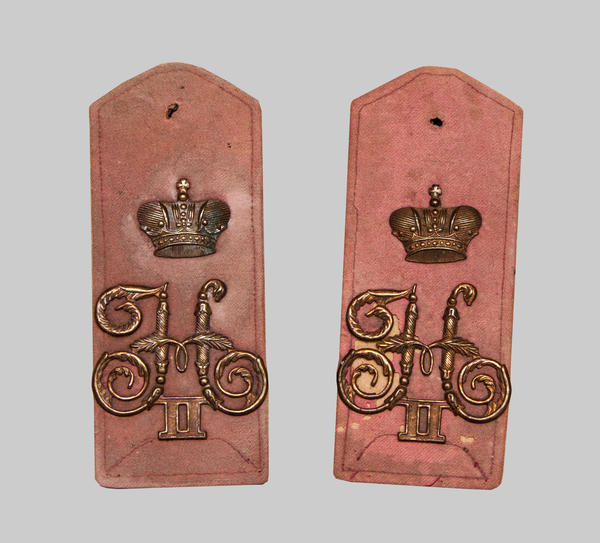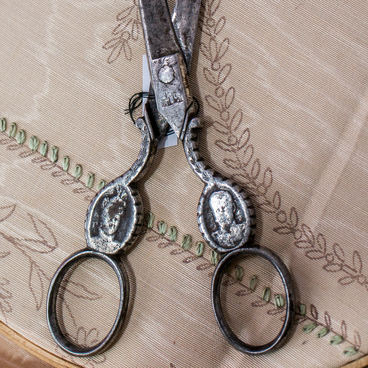Under Nicholas II, pentagonal shoulder boards made of soft crimson cloth were worn by the lower ranks of the rifle regiment, of which the reigning emperor was the chief. Instead of the number of the regiment, the monarch’s monogram made of gilded bronze was placed on them as insignia.
There was no uniform type of shoulder boards at the time. Each unit had its own signs that differed in shape, color, and ornamentation. Depending on the rank and type of troops, the shoulder boards could contain stylized images of guns or motor cars, imperial monograms, Roman and Arabic numerals indicating the rank and affiliation with the regiment.
There was no uniform type of shoulder boards at the time. Each unit had its own signs that differed in shape, color, and ornamentation. Depending on the rank and type of troops, the shoulder boards could contain stylized images of guns or motor cars, imperial monograms, Roman and Arabic numerals indicating the rank and affiliation with the regiment.



